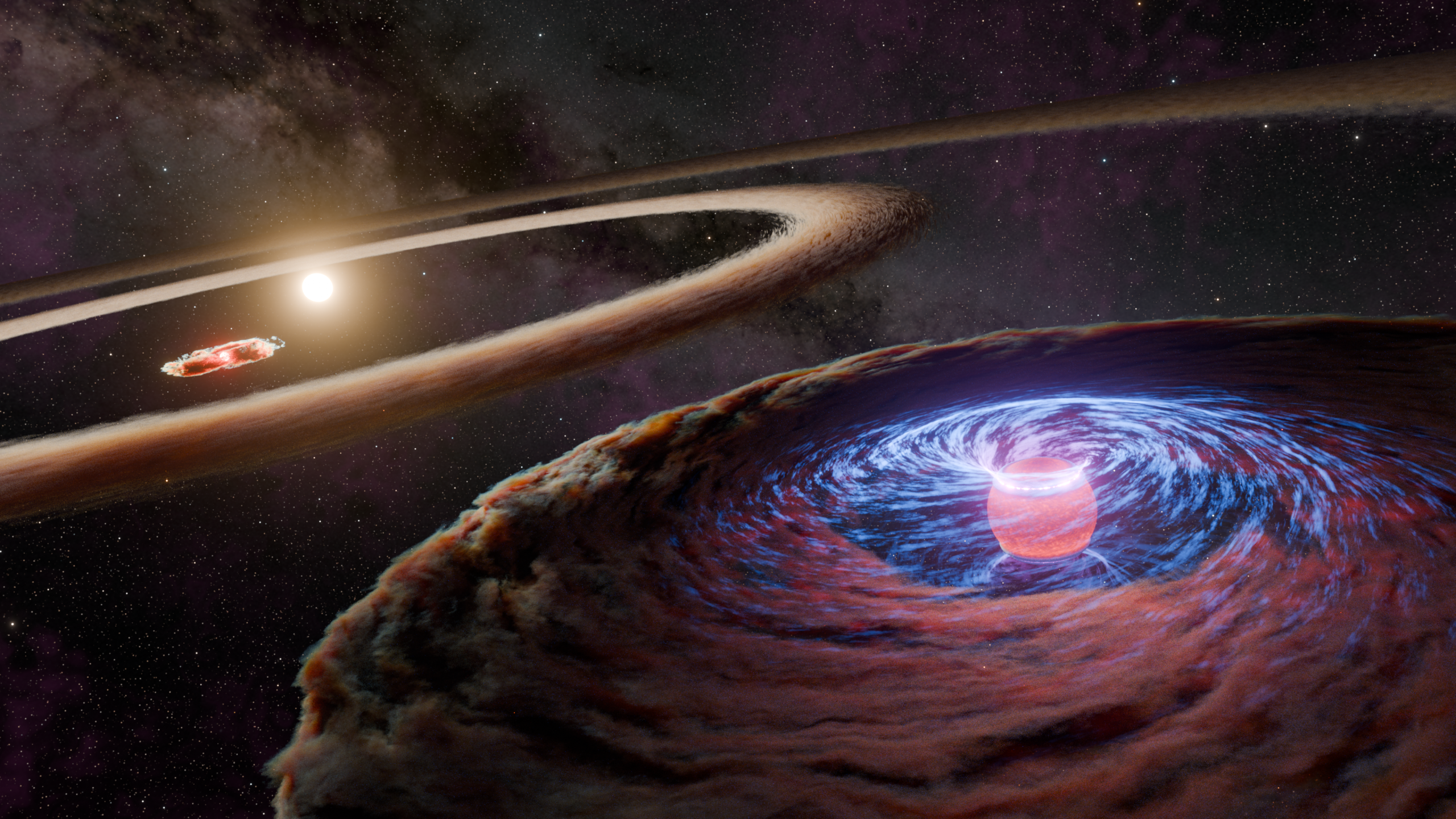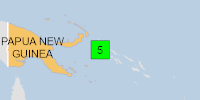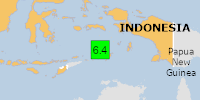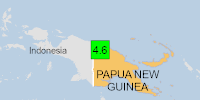Exciting Breakthrough: First-Ever Image of a ‘Baby’ Planet in a Star’s Ring! | TNNEWS


Discovery of Protoplanet WISPIT 2b: A New Chapter in Astronomy
In a groundbreaking discovery, astronomers have identified a young protoplanet named WISPIT 2b nestled within a ring-shaped gap in a disk surrounding a nascent star. This finding marks the first direct observation of a planet in such a gap, a phenomenon long theorized by scientists.
Meet WISPIT 2b: A Growing Giant
WISPIT 2b, a protoplanet still in the process of gathering material, has been directly imaged by researchers. Despite its developmental stage, it is already a gas giant, boasting a mass five times that of Jupiter. At just 5 million years old, it is nearly 1,000 times younger than Earth and resides about 437 light-years away from us.
The Significance of Protoplanetary Disks
Protoplanetary disks, composed of gas and dust, encircle young stars and serve as the cradle for new planets. Within these disks, gaps can form, appearing as empty rings. Scientists have long hypothesized that emerging planets are responsible for these gaps, as they clear and scatter the surrounding material. Our own solar system likely experienced similar processes, with planets like Jupiter and Saturn potentially creating such gaps in their early stages.
Direct Observation: A First in Astronomy
Despite extensive observations of stars with these disks, direct evidence of a planet within a ring gap had eluded scientists until now. The discovery of WISPIT 2b, as detailed in this study, provides the first concrete evidence of such a phenomenon.
Formation and Detection of WISPIT 2b
Interestingly, WISPIT 2b appears to have formed precisely where it was found, rather than migrating into the gap from elsewhere. The star WISPIT 2 was initially observed using the VLT-SPHERE, a powerful telescope in Chile operated by the European Southern Observatory, which first revealed the rings and gap around the star.
Subsequent observations using the University of Arizona’s MagAO-X system, a high-contrast exoplanet imager, allowed researchers to spot WISPIT 2b. This advanced technology not only detected the protoplanet but also captured a direct image, akin to a photograph.
Advanced Imaging Techniques
The team employed MagAO-X to study the WISPIT 2 system in Hydrogen-alpha light, a type of visible light emitted when hydrogen gas from a protoplanetary disk falls onto young planets. This light, though faint compared to the nearby star, was crucial in identifying WISPIT 2b within the disk’s dark ring gaps.
In addition to H-alpha observations, the team utilized the LMIRcam detector on the Large Binocular Telescope to study the protoplanet in infrared wavelengths, further confirming its presence.
Potential for Future Discoveries
Alongside WISPIT 2b, researchers identified another potential planet within a closer ring gap, suggesting more discoveries may lie ahead. This exciting find was led by University of Arizona astronomer Laird Close and Richelle van Capelleveen from Leiden Observatory.
The discovery is detailed in the paper “Wide Separation Planets in Time (WISPIT): Discovery of a Gap Hα Protoplanet WISPIT 2b with MagAO-X,” published on August 26, 2025 in the Astrophysical Journal Letters. A complementary study by van Capelleveen and the University of Galway was published simultaneously.
This research received partial funding from NASA’s eXoplanet Research Program, with MagAO-X development supported by the U.S. National Science Foundation and the Heising-Simons Foundation.
What's Your Reaction?
 Like
0
Like
0
 Dislike
0
Dislike
0
 Love
0
Love
0
 Funny
0
Funny
0
 Angry
0
Angry
0
 Sad
0
Sad
0
 Wow
0
Wow
0





































































